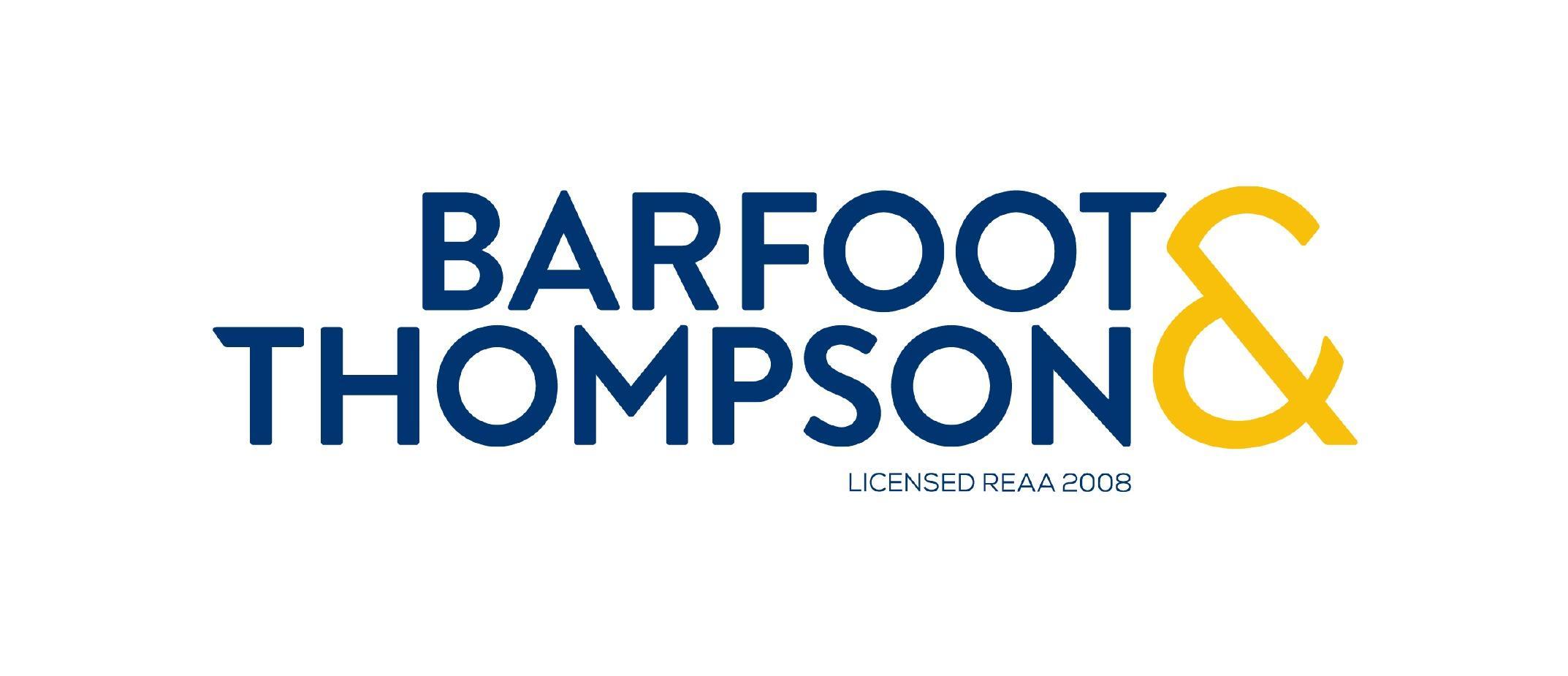The amended Residential
Tenancies Act came into effect on the 1st of July. While smoke alarms and insulation are without a doubt the most significant of all changes (and rightly
received a good level of publicity), other more subtle changes to the RTA are not any less relevant. One such issue to note has to be the strengthening
of the retaliatory notice provision.
A retaliatory notice in the context of residential tenancy is when a landlord, motivated wholly or partly by the tenant’s exercise of legal rights, terminates
the tenancy in response to such an exercise. For example, your tenant serves you a 14-day notice to carry out repair work and later receives a termination
notice from you; of your tenant has reasonable grounds to conclude that your termination notice is wholly or partly motivated by their earlier notice
then an application can be made to the Tribunal to set aside that notice.
It is important at this point to note that the core concept of retaliatory notice hasn’t changed at all. The RTA has always given the Tribunal the ability
to declare a retaliatory notice to be of no effect so that tenants are empowered to exercise their legal rights without the risk of losing their homes.
The amendments merely strengthened the provision by
- Lengthening the time the tenant has (28 days from 14 days) to make the application to the tribunal; and
- Declaring the retaliatory notice an unlawful act (maximum $2,000 exemplary damage can be awarded to a successful tenant applicant).
The challenge facing landlords when it comes to section 54 is very much to do with timing and perception management. You may have received a 14-day notice
from your tenant which coincidentally arrived on the day you decided to terminate the tenancy for reasons that are entirely unrelated to the notice.
How do you carry out your termination notice without risking a section 54 claim against you? Here are some tips to consider:
- Firstly, you should know that the onus of proof under s54 rests with the tenant, not you. It means that if your tenant makes an application under section
54, she has to put enough evidence in front of the Tribunal for your termination notice to be set aside. You are of course well within your rights
to respond with evidence proving otherwise, but that may be unnecessary if your tenant hasn’t discharged her onus of proof. Remember it is all
about perception – how is your termination being perceived by your tenant and the adjudicator. - You should know how to terminate a tenancy properly. Throughout the termination process make sure you dot the I’s and cross the T’s so that you can
quickly regain possession of your property and tie up any loose ends such as rent arrears and bond refund. - Be meticulous with record keeping. Keep a copy of all of your communications with your tenant as well as a log of any follow-up actions. If you ever
have to respond to a s54 claim, it would be helpful to attend the hearing with a timeline of the tenancy charting the number of times you had promptly
attended to your tenant’s requests. A good service history would go against the suggestion that your termination notice is retaliatory. - If your termination notice is entirely innocent but unfortunately timed (to overlap with your tenant’s notice or request for work) then respond to
any reasonable work requests promptly. - Get into the habit of preempting issues and avoid being served notices in the first place. You are providing a professional accommodation service,
and your tenant is entitled to live in a clean and well-maintained home. Commit to a regular inspection and maintenance schedule, not only will
that help you save on repair cost in the long run, your tenant will also be less likely to request work actively from you.
While s54 is intended to empower tenants to exercise their legal rights; landlords will need to be aware of the impact s54 has on your ability to terminate
a tenancy.
s54 Tribunal may declare retaliatory notice of no effect
(1) Within 28 working days after receipt of a notice terminating the tenancy, being a notice that complies with the requirements of section 51 (or, in the case of a boarding house tenancy, section 66U),
the tenant may apply to the Tribunal for an order declaring that the notice is of no effect on the ground that, in giving the notice, the landlord
was motivated wholly or partly by the exercise or proposed exercise by the tenant of any right, power, authority, or remedy conferred on the tenant
by the tenancy agreement or by this or any other Act or any complaint by the tenant against the landlord relating to the tenancy.
(2) If, on any such application, the Tribunal is satisfied that the landlord was so motivated in giving the notice, it shall declare the notice to
be of no effect unless the Tribunal is satisfied that the purported exercise by the tenant of any such right, power, authority, or remedy, or the making
by the tenant of any such complaint, was or would be vexatious or frivolous to such an extent that the landlord was justified in giving the notice.
(3) The giving of a notice terminating a tenancy is an unlawful act if the notice is declared under subsection (2) to be of no effect.













Add Comment